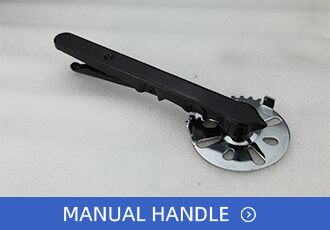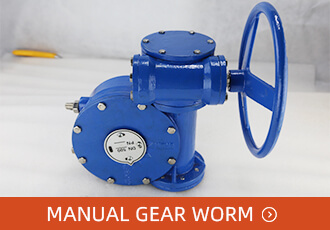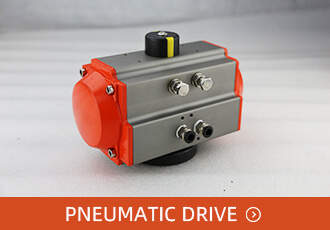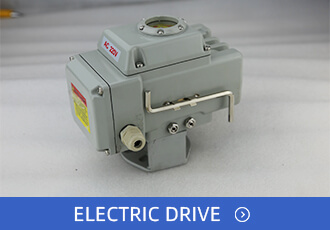Case
Home / Case / Experience / Three basic driving methods of valves

Case

Three basic driving methods of valves can be divided into several categories. The first is manual, which is the most basic driving method; The second is pneumatic, The air is used as the power source, and the cylinder is used to make the piston movement to drive the valve to open and close; The third type is electric, the electric valve needs to be equipped with an electric actuator outside the valve, and the voltage is used to control the valve switch.

The reduction ratio of gear transmission is small, which is suitable for gate valve and globe valve, and the reduction ratio of worm gear transmission is large, which is suitable for butterfly valve, ball valve, etc.
The form includes hand wheel, hand lever direct drive and drive through the transmission mechanism worm gear. When the starting torque of the valve is large, it is difficult to operate the ordinary hand lever or hand wheel, and it can be driven by gear or worm gear transmission.


Pneumatic valves can be used to control the flow of various types of fluids such as air, water, steam, various corrosive media, mud, oil, liquid metal, and radioactive media.
1. Simple structure;
2. The gas source is easy to obtain;
3. High switching speed can be obtained;
4. A speed governor can be installed to adjust the switching speed as needed;
5. The gas has high compressibility and is flexible when closed;
The action distance of the electric valve is larger than that of the ordinary valve, and the switching speed of the electric valve can be adjusted. The structure is simple and easy to maintain. It can be used to control the flow of various types of fluids such as air, water, steam, various corrosive media, mud, oil, liquid metal, and radioactive media.
1. Fast opening and closing, and the valve opening and closing time is greatly reduced.

2. It can reduce the work intensity of valve operators, especially suitable for high-pressure valves and large-diameter valves.
3. Electric valves are generally installed in locations that cannot be manually operated or difficult for operators to approach (at high altitudes or where the operating environment is dangerous). They can be operated from a distance, and the installation height is limited, which can also ensure the safety of operators.
4. It is conducive to the automation of the entire system.
5. Electric power is easier to obtain than air, and wiring and maintenance of wires is much simpler than compressed air.
1.The form, specification and structure of the valve.
2.Opening and closing torque of the valve (line pressure, pressure difference of the valve), thrust.
3.Maximum ambient temperature and fluid issues.
4.How and how often to use.
5.Opening and closing speed and time.
6.Valve stem diameter, pitch, direction of rotation.
7.The connection method of valve.
